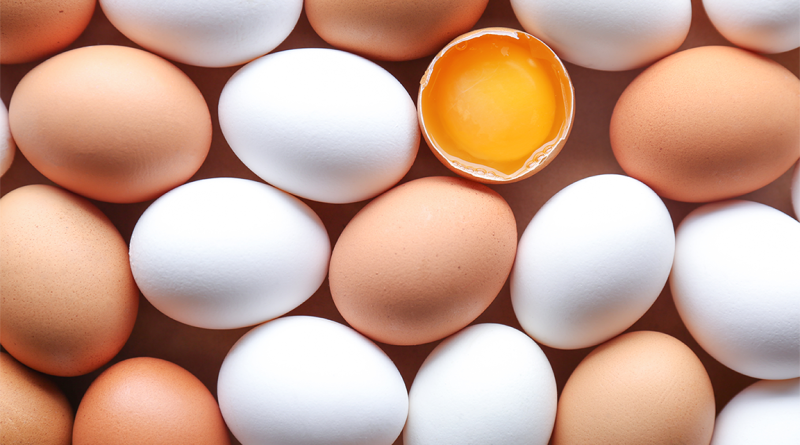Rising Egg Costs are Reshaping Easter With a Surprising Twist
Subscribe to our free newsletter today to keep up-to-date with the latest food news.
For many families across the United States, dyeing eggs is as synonymous with Easter as chocolate bunnies and pastel baskets. But in 2025, this seasonal ritual is facing an unexpected disruption. Steep egg costs, driven by inflation and one of the most severe outbreaks of avian influenza in recent history.
More than 52 million egg-laying hens have been culled nationwide to contain the virus, cutting the national flock to around 280 million. Wholesale egg prices have climbed above $8 per dozen, putting even store-brand cartons out of reach for many. In response, retailers such as Costco and Trader Joe’s have introduced purchase limits on eggs, creating shortages just as demand spikes during the holiday season.
Why Americans are dyeing potatoes, marshmallows and more
With eggs less accessible, families are embracing new options for their Easter traditions. One alternative has quickly gained traction: dyeing potatoes.
Potatoes share a smooth, oval shape with eggs and come at a fraction of the cost. On TikTok and Instagram, creators are sharing tutorials for transforming Russets and Yukon Golds into colorful centerpieces using the same dye kits sold for eggs.
Marshmallows are also gaining popularity. Their texture absorbs color well, and children love the fact that the finished product is edible. Parents say the process is simpler and less messy. There is no need to boil anything or worry about cracking shells.
“It’s quirky, but it works,” said a Seattle mother in a local news segment. “My kids didn’t care that it wasn’t an egg. They were just excited to dye something.” These new materials offer added benefits. They are easier for young children to handle, eliminate food waste, and double as snacks or side dishes after the celebration ends.
The business fallout and changing consumer behavior
The shift away from eggs has hit some businesses hard. Natural Earth Paint, an Oregon-based company that usually ships more than 50,000 egg dye kits each year, sold just 7,000 in 2025. Retailers are more cautious, limiting seasonal inventory to avoid leftovers.
Yet not every company is struggling. Hey Buddy Hey Pal, maker of the Eggmazing Egg Decorator, projects an 18 percent sales increase this season. Their product spins eggs while they’re being decorated, and customers are beginning to use it on other items, such as plastic or wooden craft shapes.
This change reflects a broader trend: families are not abandoning tradition. They are modifying it to fit their budgets. According to the National Retail Federation, 63 percent of U.S. households plan to reduce Easter spending this year. Nearly half cited grocery prices as the top concern.
From hardship to creativity: how a new Easter tradition is taking root
The popularity of potato and marshmallow decorating points to a larger cultural pattern. When economic pressure builds, Americans often respond with creativity and practicality.
There is also a sustainability angle. Potatoes can be eaten or composted, and some families are pairing plant-based dyes with reusable materials. For those who have leaned into eco-conscious living, this trend fits well with their values.
Pinterest is full of creative ideas using wooden shapes, paper, or fabric. Marshmallows, paper mâché and even reusable plastic eggs are now part of the conversation.
Seasonal businesses are learning that adaptability is key. Those able to pivot toward flexible, affordable solutions are finding support among shoppers who still want to celebrate, even if traditions look a little different. In the end, the meaning of Easter remains the same: it is a moment of renewal, color and connection.
Sources:
